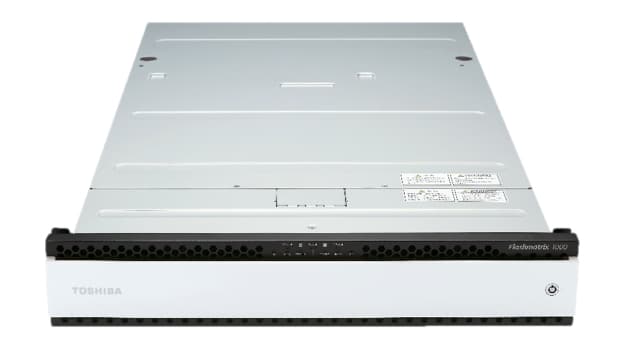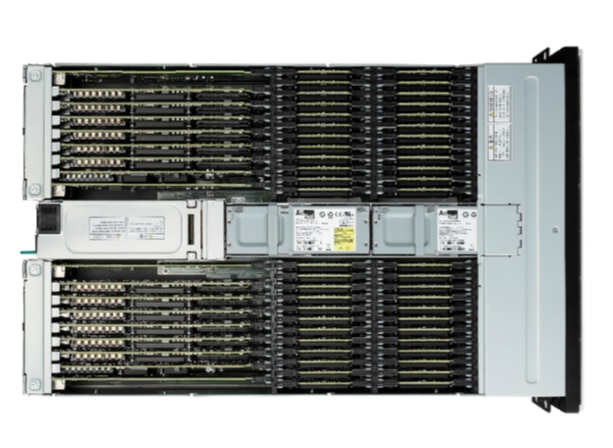Today at the 2016 Flash Memory Summit, Toshiba America Electronic Components, Inc. announced its all-flash, big data analytic platform technology, Flashmatrix. This new technology is designed to address the growing need for real time/streaming analytics in distributed systems targeted at high data intensive applications in manufacturing, finance, medical and security. Toshiba will debut and showcase its Flashmatrix technology at the 2016 Flash Memory Summit, booth 407, in Santa Clara, California.
Today at the 2016 Flash Memory Summit, Toshiba America Electronic Components, Inc. announced its all-flash, big data analytic platform technology, Flashmatrix. This new technology is designed to address the growing need for real time/streaming analytics in distributed systems targeted at high data intensive applications in manufacturing, finance, medical and security. Toshiba will debut and showcase its Flashmatrix technology at the 2016 Flash Memory Summit, booth 407, in Santa Clara, California.
Toshiba is calling this new technology “superconverged.” Much like its hyper-converged counterparts, Flashmatrix integrates compute, storage, and network elements and optimizes these elements for high performance. Processing and analyzing Big Data can raise several issues around scaling, latency, and power. To address these issues, Toshiba has arranged its unique NAND architecture in a matrix that allows multiple data sets to be accessed in parallel and scaled linearly. To increase performance, every CPU can share all of the NAND flash memory. And the entire system is designed for low power consumption. Toshiba claims that the Flashmatrix uses 1/5 the power consumption of an equivalent conventional cluster.
Key specifications:
- Form factor: 2U
- CPU: 64bit Atom C2550 2.4GHz (24 total)
- DRAM: 384GB total
- NAND: eMMC A19, 24TB total
- Controller: FPGA (Xilinx K7)
- External port: 1GbE (24 total)
Toshiba’s approach is distinctly different from a traditional HCI play or one designed to be only high performance for Tier 0 workloads. In this case Toshiba is firmly targeting big data analytics at the edge, where there’s typically an immense amount of data that is difficult to transport back to the data center and analyze in real time. With Flashmatrix at the edge, there’s enough power available to make actionable insights out of data in a more timely manner, with the goal being better business outcomes. Flashmatrix is designed to be installed as part of a package automation and IoT vendors offer, rather than offering its own operating system.
Sign up for the StorageReview newsletter


